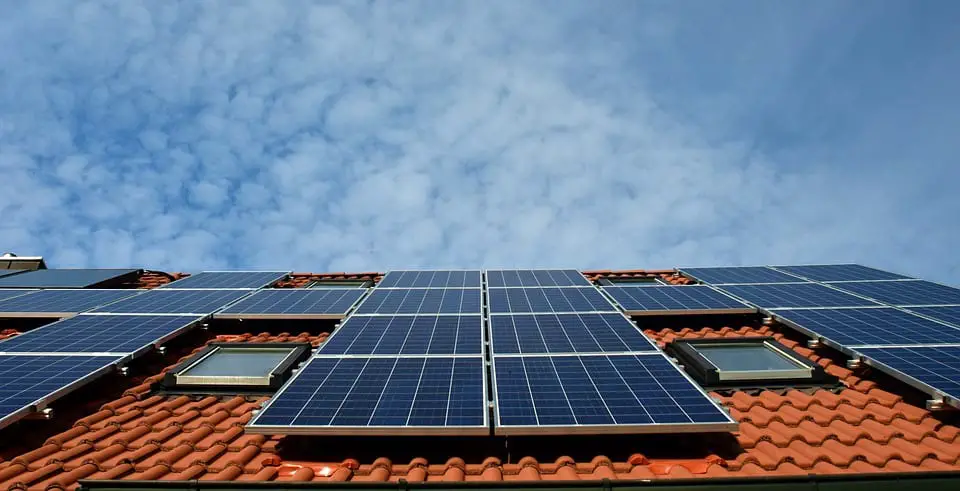
Artificial intelligence system locates nearly all US solar panels in the country
December 24, 2018Stanford researchers analyzed over a billion high-resolution satellite images using AI.
In their quest to understand more about the use of solar energy in America, Stanford University researchers identified the GPS location and size of US solar panels installed across the contiguous 48 states. To obtain accurate numbers, they employed a machine learning algorithm using artificial intelligence (AI) tech, which they named DeepSolar.
The researchers want to identify factors that promote the use of solar power in America and those that discourage it.
Prior to the in-depth analysis and study carried out by the Stanford researchers, all that was available in regard to studying the number of installations of US solar panels throughout the nation has been estimates.
While the estimates provide a general idea, the researches wanted more. The reason is that by knowing which Americans have installed solar panels on their roofs and why they did, would be very useful for managing the changing electricity system in the country. It would also help them understand the barriers preventing the use of more renewable resources.
Through their DeepSolar system, which uses public data, they managed to identify factors that promote the use of solar energy in the United States and those factors that discourage its use.
The researchers discovered 1.47 million installations of US solar panels.
This figure, uncovered by the researchers, is much higher than either of the two widely recognized estimates. Moreover, by integrating US Census and other data with their solar catalog, they were able to identify factors that lead to the adoption of solar power.
“We can use recent advances in machine learning to know where all these assets are, which has been a huge question, and generate insights about where the grid is going and how we can help get it to a more beneficial place,” said Ram Rajagopal, associate professor of civil and environmental engineering, who supervised the project with Arun Majumdar, professor of mechanical engineering, reported Stanford News.
The data collected by the researchers and published in the journal Joule, could be useful to many, including solar panel marketers, regulators and utilities. By knowing how many solar panels there are in a neighborhood, this can help a local electric utility balance supply and demand, which is essential for reliability.
Moreover, when it comes to installing US solar panels, the researchers learned that household income is very important. Low and medium income households rarely install solar systems, even when they live in areas where  installing these panels would be profitable in the long term. The reason, the researchers suspect, is due to the upfront installation costs. This finding could help solar companies think about developing new financial models to satisfy areas with unmet demand.
installing these panels would be profitable in the long term. The reason, the researchers suspect, is due to the upfront installation costs. This finding could help solar companies think about developing new financial models to satisfy areas with unmet demand.



 With over 15 years of reporting hydrogen news, we are your premier source for the latest updates and insights in hydrogen and renewable energy.
With over 15 years of reporting hydrogen news, we are your premier source for the latest updates and insights in hydrogen and renewable energy.